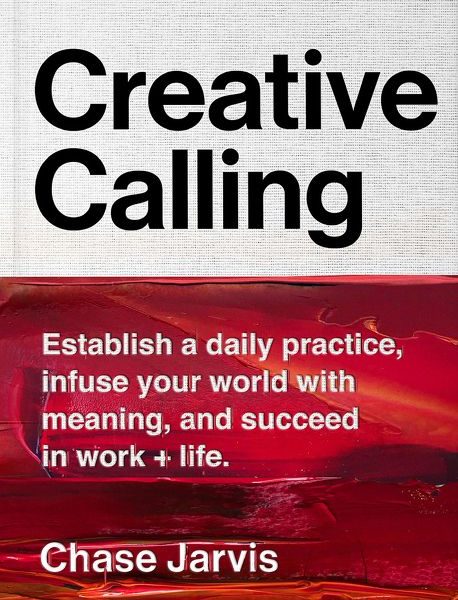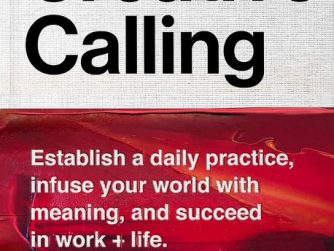You don’t build the life you want by saving time. You build the life you want, and then time saves itself. Recognizing that is what makes success possible – Laura Vanderkam
 At the end of 2019, my wife and I took a trip to Rome, GA. It was our anniversary and Rome was a special place for us. On the way home, we stopped at a large bookstore chain, the first time I’ve done that in a while, and I was able to peruse the books, without hindrance, for what seemed like forever. I happened upon a new book by world-renown photographer, author, and CreativeLive founder, Chase Jarvis. The book is called Creative Calling: Establish a Daily Practice, Infuse Your World with Meaning, and Succeed in Work + Life. That title is a good understanding of the content of the book. These are a few notes from my reading.
At the end of 2019, my wife and I took a trip to Rome, GA. It was our anniversary and Rome was a special place for us. On the way home, we stopped at a large bookstore chain, the first time I’ve done that in a while, and I was able to peruse the books, without hindrance, for what seemed like forever. I happened upon a new book by world-renown photographer, author, and CreativeLive founder, Chase Jarvis. The book is called Creative Calling: Establish a Daily Practice, Infuse Your World with Meaning, and Succeed in Work + Life. That title is a good understanding of the content of the book. These are a few notes from my reading.
The interesting thing about being creative is this: it takes planning. Many think that you are creative when the feeling hits you; sadly, the many are wrong. We need to plan and schedule creative times and prioritize that.
Creativity is like a muscle. The more you use it, the stronger it becomes.
Our creative work must be prioritized. We all struggle with setting priorities that often seem like they are competing against each other. But they’re really not competing at all. “What you’re really struggling with is the willingness to value as-yet-unmade work. Whenever you find yourself on the fence about whether to stick to your schedule and follow your vision, ask yourself what you’d say if someone else’s work were on the line, work you already knew was going to be worth the effort.”
A schedule, Jarvis says, “is one of a creator’s greatest allies. It’s the most effective way to safeguard the time you can devote to creative work, protecting those precious minutes from all of life’s other demands. It’s also a powerful tool for ensuring that you invest the necessary time in rest and recovery, sharpening your skill set, and building your community. If you’ve ever wondered how the most seasoned pros manage to juggle all these functions, the answer is: a calendar.”
Want to see exactly what you prioritize? Do an audit of your time and money. Track how you spend your time, hour by hour, and categorize it. At the end of two weeks, add the time you spent in each category. Then ask yourself: What do you have on the calendar that you love? And where do your hours feel wasted? How can you use dead time – such as commuting or traveling for work – to maintain a creative cadence in your life?





